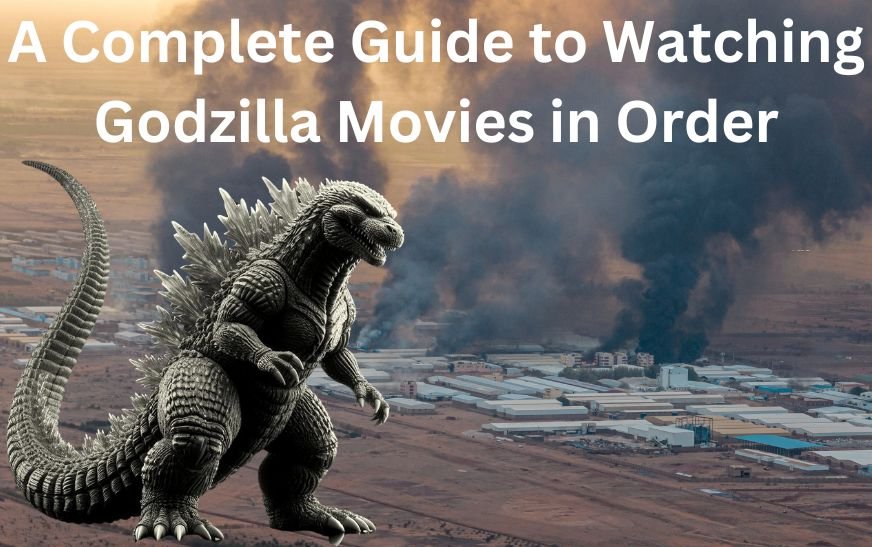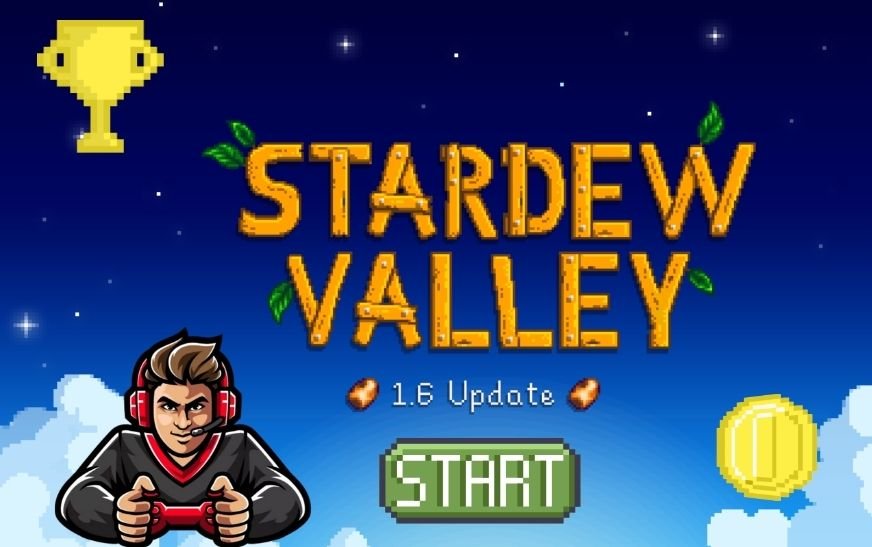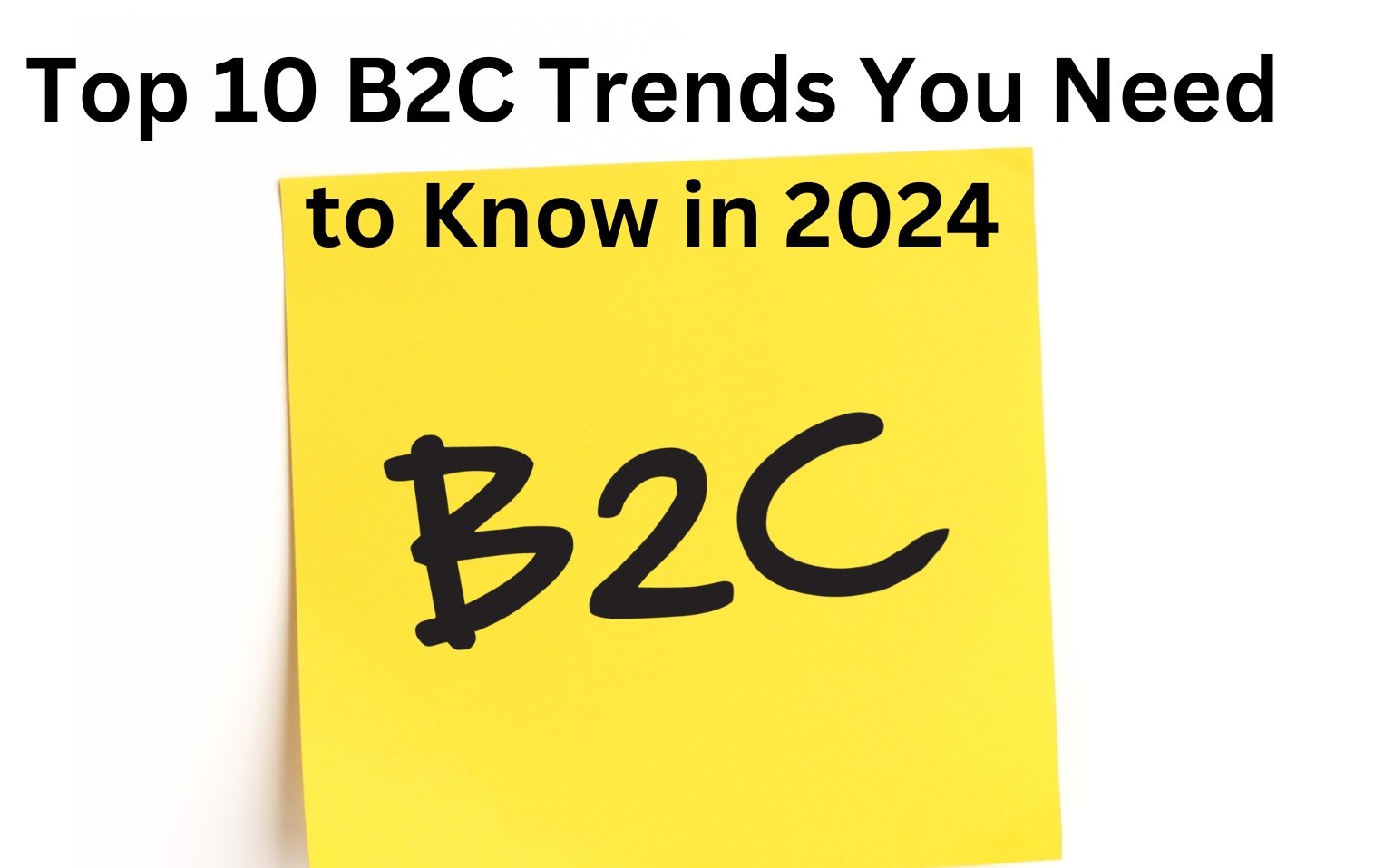Introduction
Godzilla is more than just a giant monster; it’s a cultural icon that has captivated audiences for decades. Whether you’re a seasoned kaiju enthusiast or a newcomer eager to dive into the world of Godzilla, understanding the chronological order of these movies can enhance your viewing experience. Watching these films in the right order not only provides a coherent storyline but also showcases the evolution of the Godzilla franchise through various eras and cinematic styles.
The Origins of Godzilla
The Birth of a Legend: 1954’s “Godzilla”
The journey begins with the original 1954 film, “Godzilla” (or “Gojira” in Japanese). Directed by Ishirō Honda, this black-and-white classic introduces us to the monster that would become a global phenomenon. Emerging from the depths of the ocean, Godzilla wreaks havoc on Tokyo, symbolizing the fears and anxieties of a post-war Japan still reeling from the effects of nuclear devastation.
The Themes and Symbolism in the Original Film
The 1954 Godzilla isn’t just a monster movie; it’s a poignant allegory. Godzilla represents the destructive power of nuclear weapons, a theme underscored by the harrowing imagery of a devastated Tokyo. The film reflects the real-life horrors experienced by Japan during and after World War II, making it a significant piece of cinematic history.
Showa Era (1954–1975)
Early Sequels and Expansions
Following the success of the original film, a series of sequels expanded the Godzilla universe. Notable entries include “Godzilla Raids Again” (1955), which introduced the first monster battle with Anguirus, and “King Kong vs. Godzilla” (1962), a crossover that brought international attention.
Key Films and Plot Summaries
- Godzilla Raids Again (1955): Godzilla battles Anguirus, setting the stage for future monster clashes.
- Mothra vs. Godzilla (1964): Godzilla faces off against Mothra, another iconic kaiju.
- Ghidorah, the Three-Headed Monster (1964): Introduces King Ghidorah, a recurring and formidable foe.
Notable Villains and Allies
Throughout the Showa Era, Godzilla encounters numerous adversaries, including Rodan, Mothra, and the formidable King Ghidorah. These battles often feature alliances with other monsters, highlighting Godzilla’s evolving role from a destructive force to a reluctant protector.
Transition to Monster Battles
As the series progressed, the focus shifted from Godzilla as a symbol of destruction to epic monster battles. Films like “Destroy All Monsters” (1968) showcased large-scale kaiju conflicts, appealing to fans with spectacular special effects and elaborate storylines.
Evolution of Godzilla’s Character
Initially portrayed as a villain, Godzilla gradually transformed into a heroic figure. This evolution is particularly evident in films like “Godzilla vs. Hedorah” (1971) and “Godzilla vs. Mechagodzilla” (1974), where Godzilla defends Earth from monstrous threats.
Heisei Era (1984–1995)
Rebooting the Franchise
The Heisei Era marked a reboot of the Godzilla series, starting with “The Return of Godzilla” (1984). This film ignored the continuity of the Showa Era sequels, presenting a direct follow-up to the original 1954 movie.
Starting with “The Return of Godzilla”
“The Return of Godzilla” reintroduces a darker and more menacing Godzilla, reflecting the contemporary anxieties of the Cold War era. The film set the tone for a more serious and interconnected storyline throughout the Heisei series.
Major Story Arcs
The Heisei Era is characterized by continuous story arcs and recurring characters. Films like “Godzilla vs. Biollante” (1989) and “Godzilla vs. King Ghidorah” (1991) introduced new and genetically engineered monsters, adding depth and complexity to the series.
Godzilla vs. Biollante to Godzilla vs. Destoroyah
- Godzilla vs. Biollante (1989): Godzilla battles Biollante, a monster born from the fusion of Godzilla’s cells and a rose plant.
- Godzilla vs. King Ghidorah (1991): A time-travel plot that reimagines King Ghidorah’s origins.
- Godzilla vs. Destoroyah (1995): Culminates in an emotional finale, with Godzilla facing one of its most dangerous adversaries, Destoroyah.
Millennium Era (1999–2004)
Standalone Adventures
The Millennium Era consists of mostly standalone films, each offering a fresh take on the Godzilla legend. Starting with “Godzilla 2000” (1999), this era reintroduced Godzilla to a new generation of fans.
Godzilla 2000 to Godzilla: Final Wars
- Godzilla 2000 (1999): Godzilla battles Orga, a millennia-old extraterrestrial.
- Godzilla: Final Wars (2004): An all-out monster brawl featuring nearly every kaiju from the series, serving as a grand finale to the era.
Modernization and Changes in Themes
During this period, Godzilla movies incorporated modern special effects and addressed contemporary issues. Themes of environmental destruction and the impact of technology were explored, keeping the series relevant in the modern age.
Reiwa Era (2016–Present)
Shin Godzilla and Beyond
“Shin Godzilla” (2016) rebooted the series with a fresh perspective, presenting Godzilla as a rapidly evolving threat. Directed by Hideaki Anno, the film was critically acclaimed for its innovative approach and social commentary.
Anime Adaptations
The Reiwa Era also saw the introduction of anime adaptations, expanding the Godzilla universe into new mediums.
Godzilla: Planet of the Monsters Trilogy
- Godzilla: Planet of the Monsters (2017): Set in a dystopian future where humanity battles an overpowering Godzilla.
- Godzilla: City on the Edge of Battle (2018): Continuation of the struggle against Godzilla and the mechanized city of Mechagodzilla.
- Godzilla: The Planet Eater (2018): Concludes the trilogy with an epic confrontation involving King Ghidorah.
MonsterVerse Collaboration
The MonsterVerse, a shared cinematic universe featuring Godzilla and other iconic monsters, began with “Godzilla” (2014). This collaboration with Legendary Pictures has produced some of the most visually stunning and action-packed entries in the franchise.
Godzilla (2014) to Godzilla vs. Kong (2021)
- Godzilla (2014): Reintroduces Godzilla in a modern context, battling MUTOs (Massive Unidentified Terrestrial Organisms).
- Godzilla: King of the Monsters (2019): Features epic battles with King Ghidorah, Mothra, and Rodan.
- Godzilla vs. Kong (2021): A climactic showdown between two of cinema’s greatest monsters.
Watching Godzilla Movies in Chronological Order
Chronological List of Films
To experience the full narrative of Godzilla, watching the films in chronological order by their in-universe timeline is key. This approach reveals the evolution of Godzilla’s character and the continuity of story arcs.
Key Points to Note While Watching
- Character Development: Notice how Godzilla transitions from a villain to an anti-hero and eventually a protector.
- Recurring Themes: Pay attention to recurring themes such as nuclear fears, environmentalism, and technological advancements.
- Continuity: Some films reboot the storyline, so understanding which films are connected helps in following the plot.
Recommended Viewing Orders
Release Order
Watching the films in their release order provides a sense of how the series evolved over time, reflecting changes in filmmaking technology and societal concerns.
Thematic Order
Grouping films by themes, such as environmentalism or monster battles, offers a different perspective on the series. This approach highlights the recurring motifs and their evolution.
MonsterVerse Order
For those interested in the modern cinematic universe, watching the MonsterVerse films in order is a great starting point.
- Godzilla (2014)
- Kong: Skull Island (2017)
- Godzilla: King of the Monsters (2019)
- Godzilla vs. Kong (2021)
Conclusion
Godzilla has captivated audiences for over six decades, evolving from a symbol of nuclear terror to a beloved protector. Watching these films in order allows fans to appreciate the rich history and development of this iconic character. Whether you’re watching for the thrilling monster battles or the deeper themes, the Godzilla series offers something for everyone.
FAQs
Which Godzilla movie should I start with?
Start with the original 1954 “Godzilla” to understand the roots of the series and its thematic foundations.
Do I need to watch all Godzilla movies to understand the story?
While watching all the movies enriches the experience, key films from each era can provide a good understanding of the overarching story.
What are the best Godzilla movies for beginners?
Begin with “Godzilla” (1954), “Godzilla 2000,” “Shin Godzilla,” and the MonsterVerse films to get a broad sense of the series.
How has Godzilla evolved over the years?
Godzilla has evolved from a destructive force to a protector, reflecting changing societal fears and technological advancements.
Where can I watch Godzilla movies online?
Godzilla movies are available on various streaming platforms like Netflix, Amazon Prime Video, and HBO Max. Check for availability in your region.









